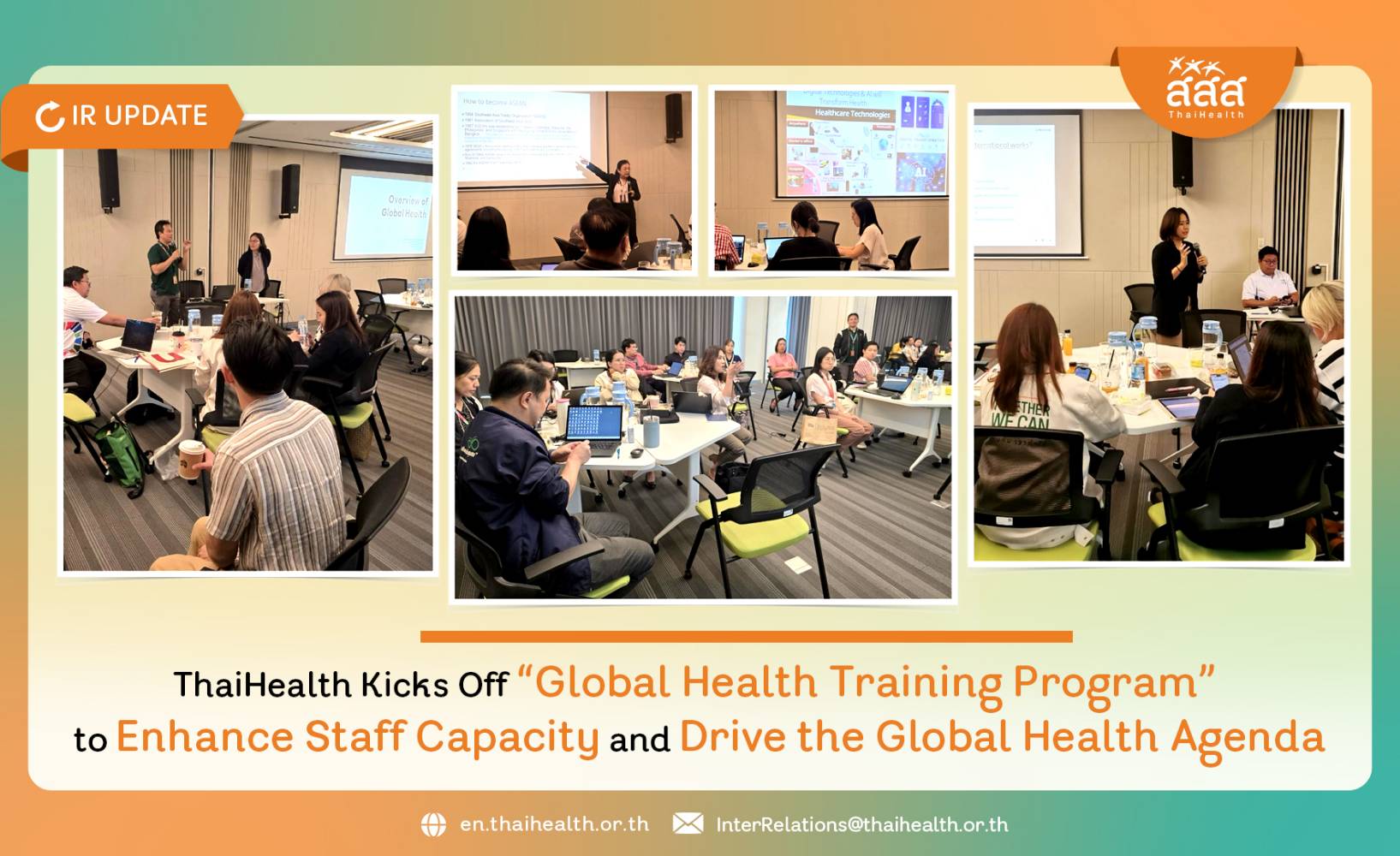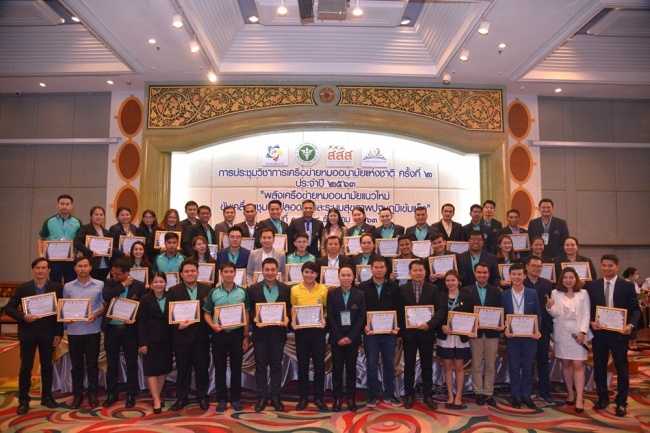
Health Economics: Prevent is Better Than Cure
The World Health Organisation (WHO) has published a report on Health Economics indicating that the accessibility to public health should also cover prevention and healing, not just medical treatment.
The international conference for Prince of Mahidol Award 2016 has recently touched the issue of budget allocation for health promotion. Dr Akihito Watabe, WHO economic expert on budget allocation, said there was no specific method to allocate budget for health promotion projects. It depends on what method each country relies upon. However, the most important matter is that people must be able to have access to public health care and bankruptcy prevention for people facing the medical treatment fees.
Dr Watabe, and representatives from the International Health Policy Programme, also had time to learn about Thailand’s healthcare system. Thailand has its own tax funding for specific purpose or ‘Earmarked Tax’ system. The earmarked tax is financially supporting Thailand’s health promotion projects.
From the study, Thailand’s 10-year history of having the health policy enforced, the country has allocated budgets to several channels – 32.9% to Public Healthcare, 23.1% to National Health Security Office (NHSO), 22.8% to local governments, 7.3% to ThaiHealth, and only 4.4% to the household sector. These figures have indicated that ThaiHealth has received only a small amount of earmarked tax to fill its budget. Dr Watabe also said that “The specific budget allocation go hand-in-hand with annual government expenditure, which is good for the people as it will increase the balance of the budget.”
As an economist, Dr Watabe stated that, having a specific tax helps making budget clearer and that is what is needed to help developing the healthcare system. Furthermore, what needs to be done next is to clarify the healthcare policies.
The necessity of ThaiHealth funding is to administer and keep health promotion projects up and running. Prof Dr Prakit Vathesatogkit, Secretary-General of the Action on Smoking and Health Foundation (ASH), and counsellor for Foundation for Consumers has explained that the difference between ThaiHealth budget and Public Healthcare budget is that they can put a specific role for ThaiHealth to connect with both government and private sectors because health promotion efforts cannot be done by only one agency.
Furthermore, ThaiHealth has enjoyed good results for over 10 years and believes in lucrative investment such as the tobacco campaign. For every 1 baht, they can guarantee of getting of 18.3 baht in return.
For road safety campaign, every 1 baht they invest, they get 130 baht in return, and the investment also helps reducing the death toll as well.
The WHO has set 9 goals for healthy life for member countries to follow and try to achieve within 2025: 1) reduce the death rate from cancer and diabetes by 25%, 2) reduce the alcohol consumption rate by 10%, 3) reduce the rate of physical abuse by 10%, 4) reduce the sodium consumption by 30%, 5) reduce cigarette consumption in people aged 15 and more by 30%, 6) reduce the rate of heart diseases and high blood pressure down to 30%, 7) reduce the number of diabetic and obese patients, 8) at least half of patients of heart conditions, cerebral embolism, and thrombosis in the system, must be treated and given access to counselling, 9) have at least 80% of medical supplies that can be used to treat non-contagious diseases.
In order to achieve these goals, every agency in Thailand has to join hands and work together.







